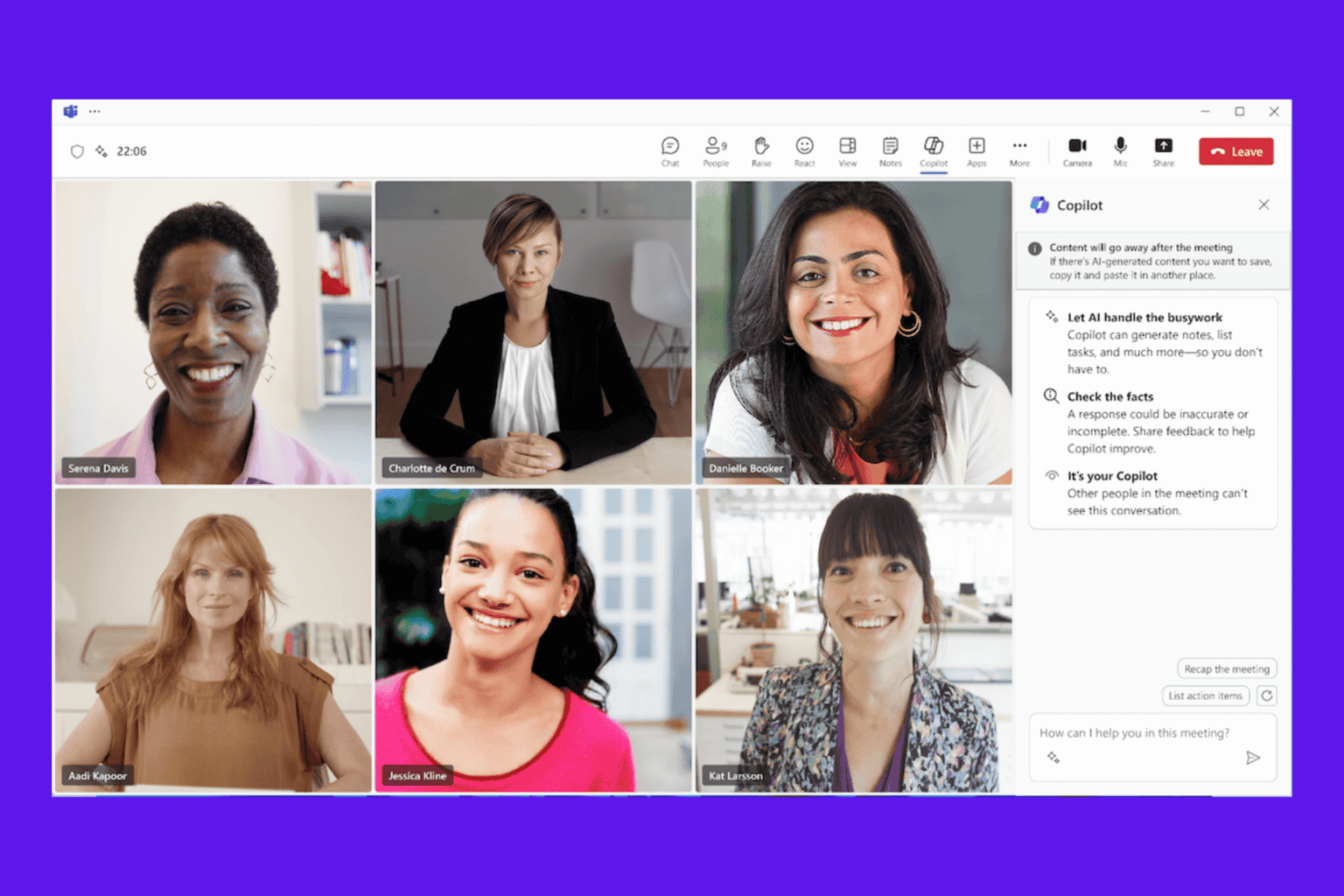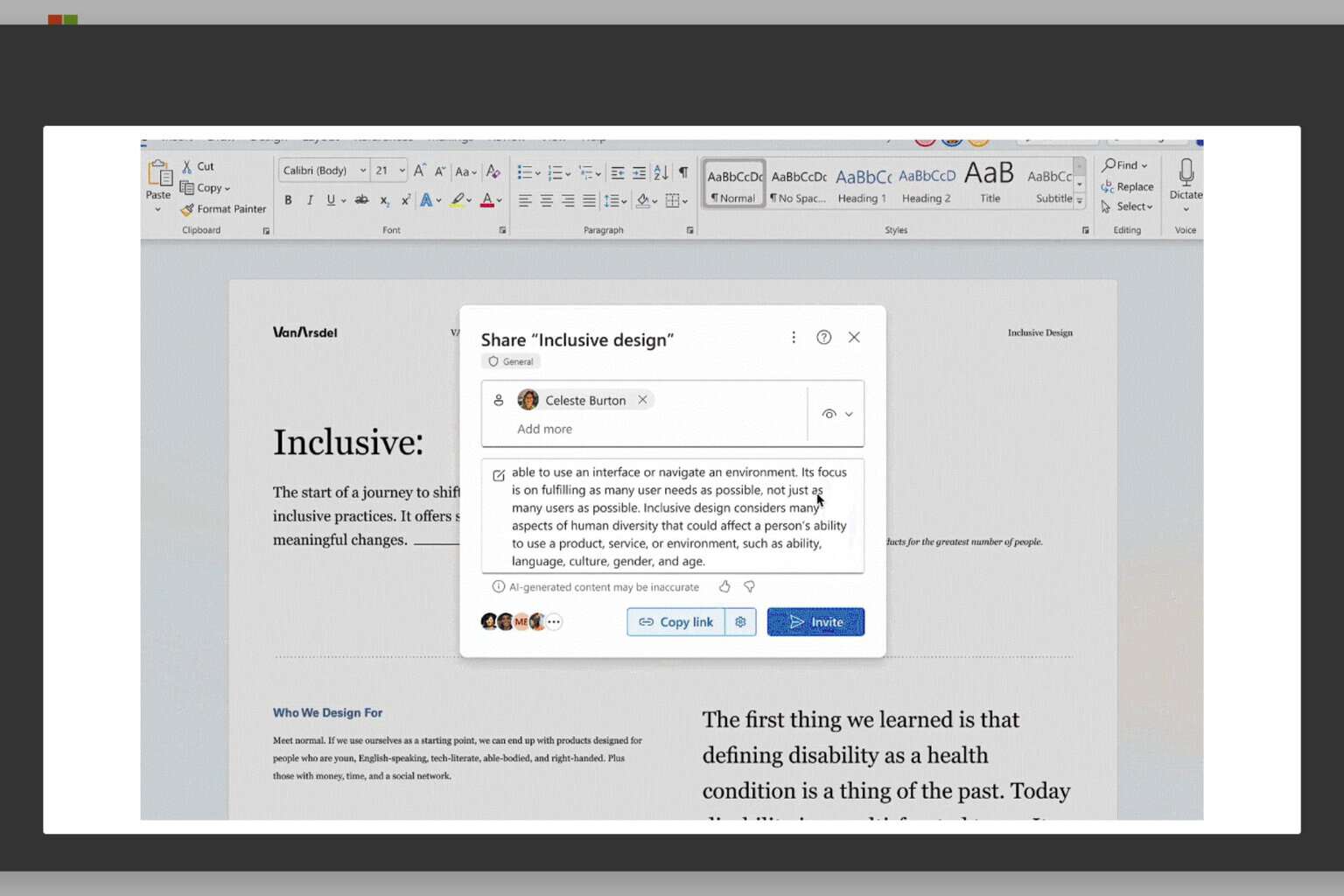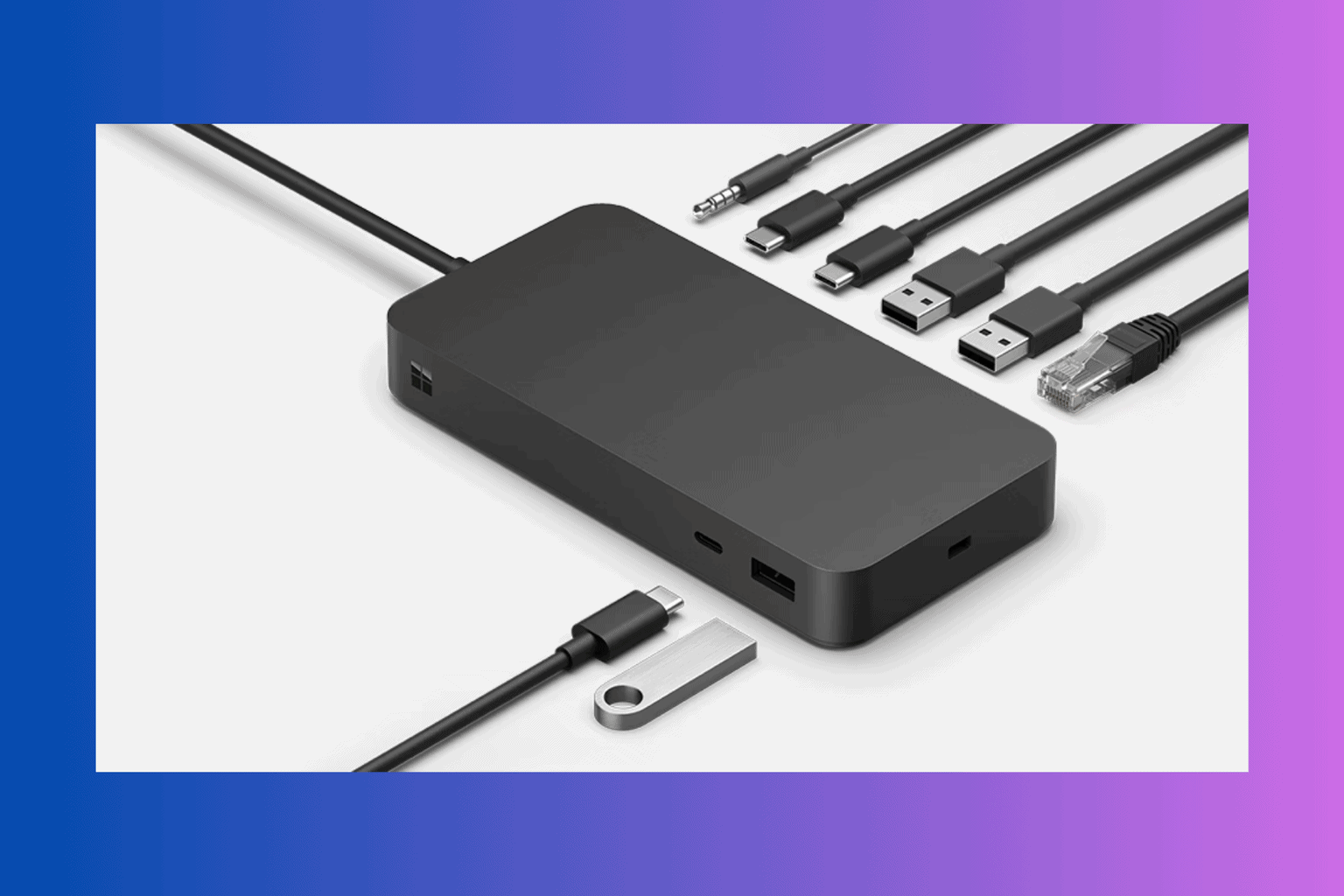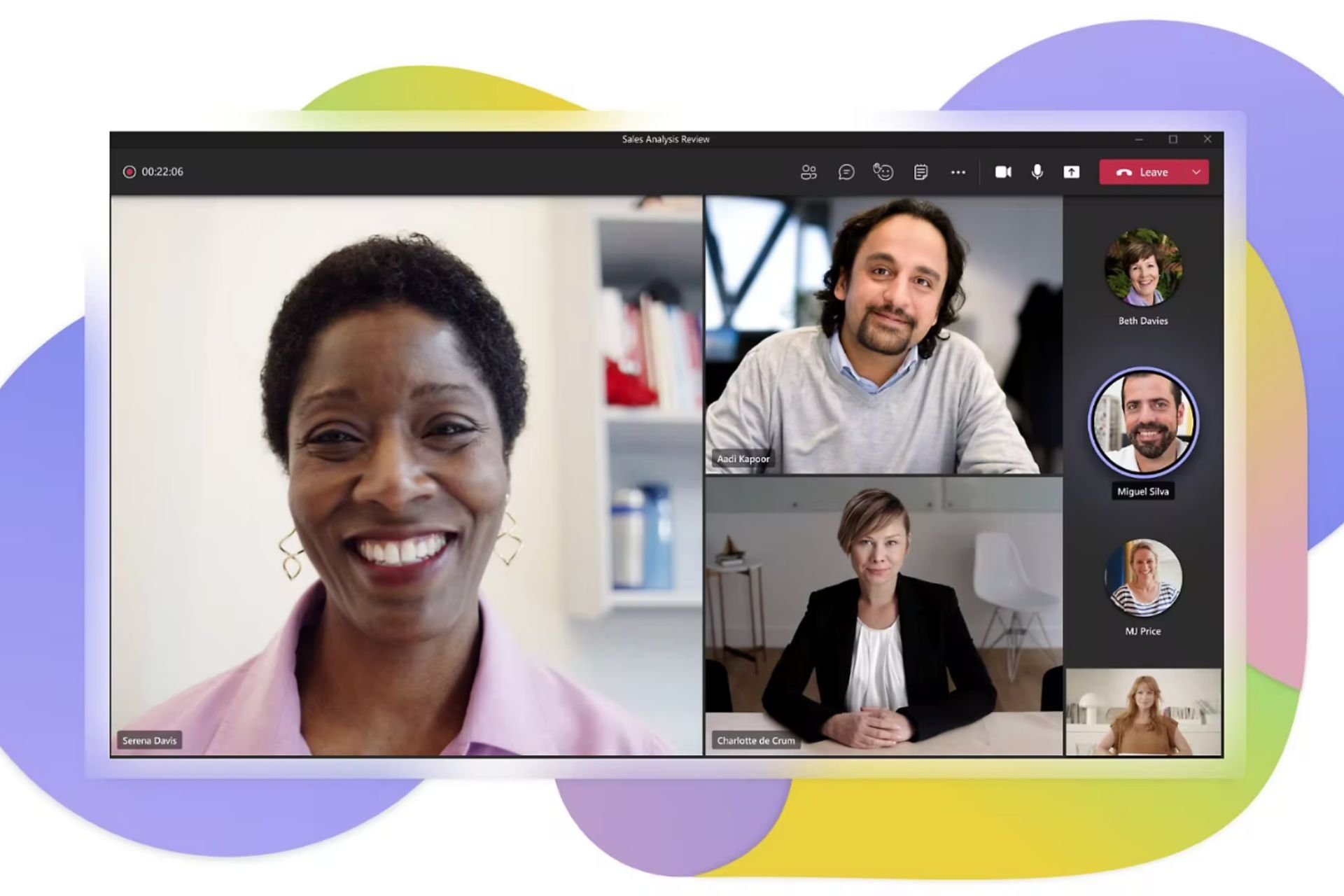Microsoft pushes for TV White Space internet in the US, including unlicensed spectrum
3 min. read
Published on
Read our disclosure page to find out how can you help Windows Report sustain the editorial team. Read more
The fight for more widely available internet continues, this time on Microsoft’s home turf in the United States. According to Fierce Wireless, the tech giant is arguing the need for the FCC to approve TV white space in both licensed and unlicensed spectrums.
To fill you in, the availability of TVWS far outreaches the current 4g LTE system in a more affordable manner. The technology has been growing popular in the field in the last few years, surpassing its predecessors with a longer range that can communicate through solid objects.

Dave Heiner, Vice President and Deputy General Counsel of the Regulatory Affairs at Microsoft, spoke at a Senate committee hearing last week. The “Exploring the Value of Spectrum to the U.S. Economy” session discussed the importance between unlicensed spectrum compared to licensed spectrum, both being used widely but the former approximately sixteen times more.
“We strongly support action at the FCC to ensure that enough TV white-spaces channels remain available for unlicensed use and hope the FCC will finalize commercially reasonable white-spaces rules soon so we can move ahead,” Heiner said in written testimony before the Senate Committee on Commerce, Science and Transportation Subcommittee on Communications, Technology, Innovation and the Internet.
While the CTIA is focusing on the economic value of having both spectrums in conjunction in favor of licensed, Microsoft seems to be taking a more societal approach. The tech company has been supporting the development of TVWS in other countries as well as the United States, eager to bring internet to those that cannot afford or reach it. With the unlicensed spectrum, there are less regulatory systems that will encourage innovative use of the TVWS. Their argument for unlicensed internet is strongly exampled by their partnership with Mid-Atlantic Broadband Communications and the Commonwealth of Virginia.
The company wants to put a base transmitter device in schools, covering over 7,500 students with internet access at once. By putting a $50 device into the hands of children without internet at home, Heiner argued to the committee that they could “address the homework gap”.
Of course, at this point, it is a race against time if the United Nation has anything to say about it. The goal is to bring affordable access globally by the year 2020, but as Heiner pointed out, if we are to come close to that then we need to start now. The only thing standing in the way for TVWS is the challenge of controlling it.
“It’s been a little bit of a challenge in the TV white spaces area over the past 10 years where the rules have been a little bit in flux,” he said. “We really feel like we need to move forward with investing in that technology now and we’re sort of redoubling our efforts and we feel like the rules are almost done and so we’re ready to move forward.”
TVWS isn’t a new project for Microsoft. The technology has already been implemented in Africa, India, and other countries. Even the Seattle Center was fitted with TVWS, where over 25,000 users can connect simultaneously to high-speed internet. If approved, it’s possible we could see it begin rolling out publicly within the year if not sooner.








User forum
0 messages